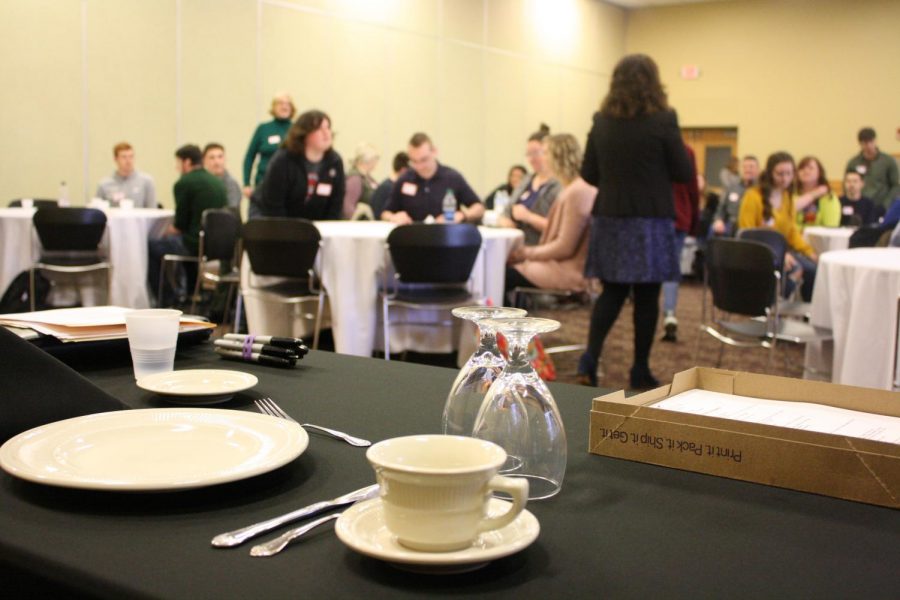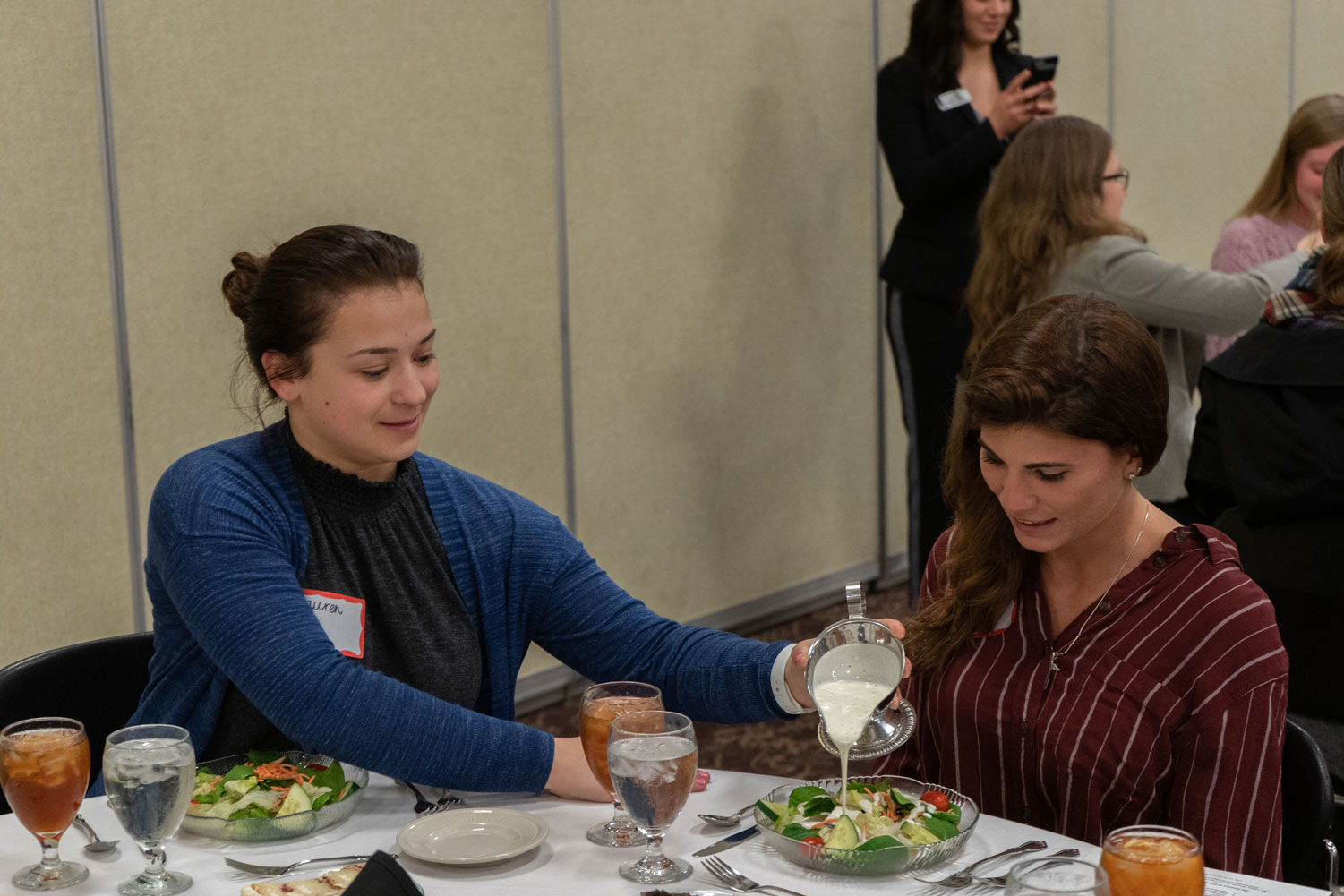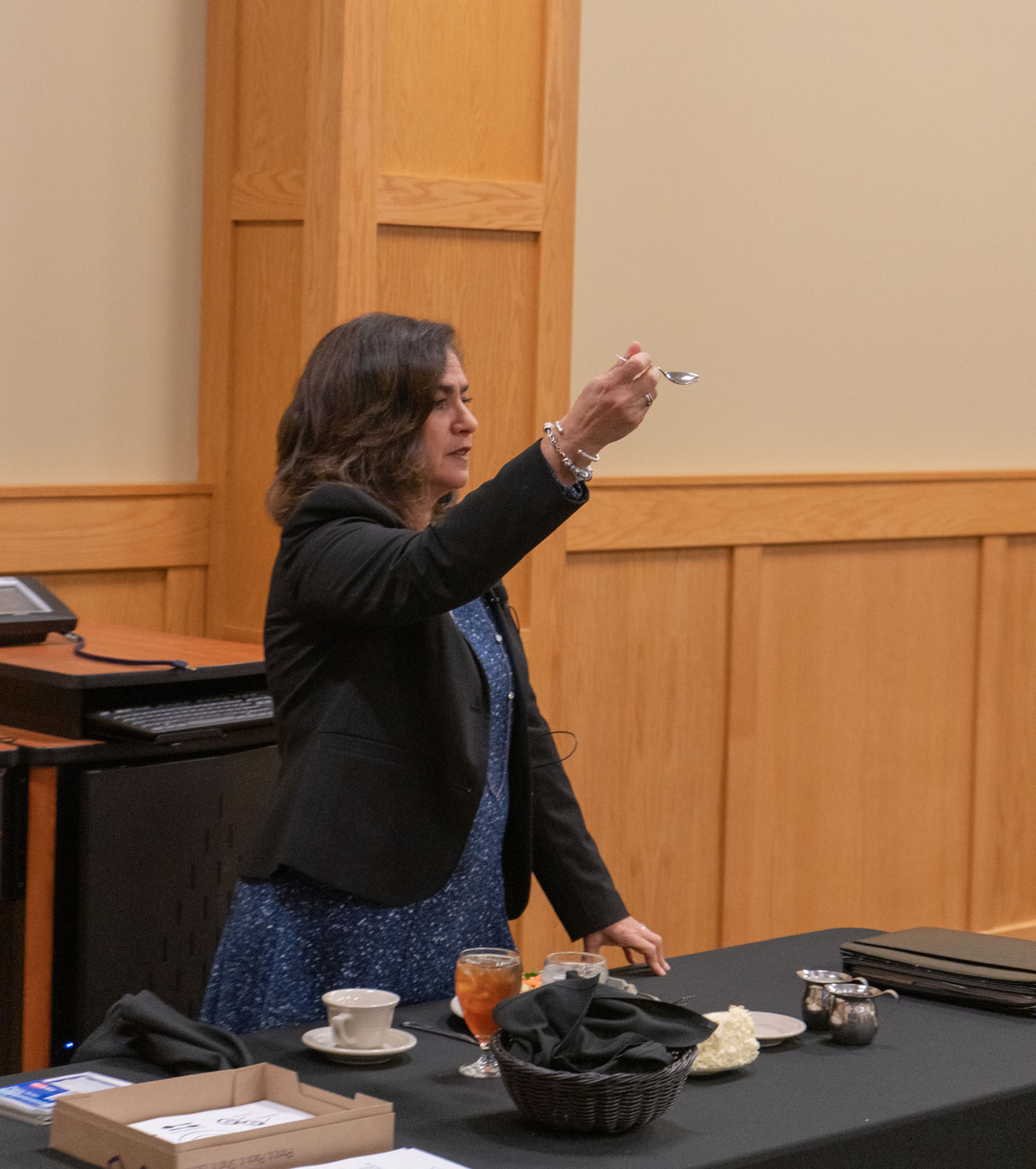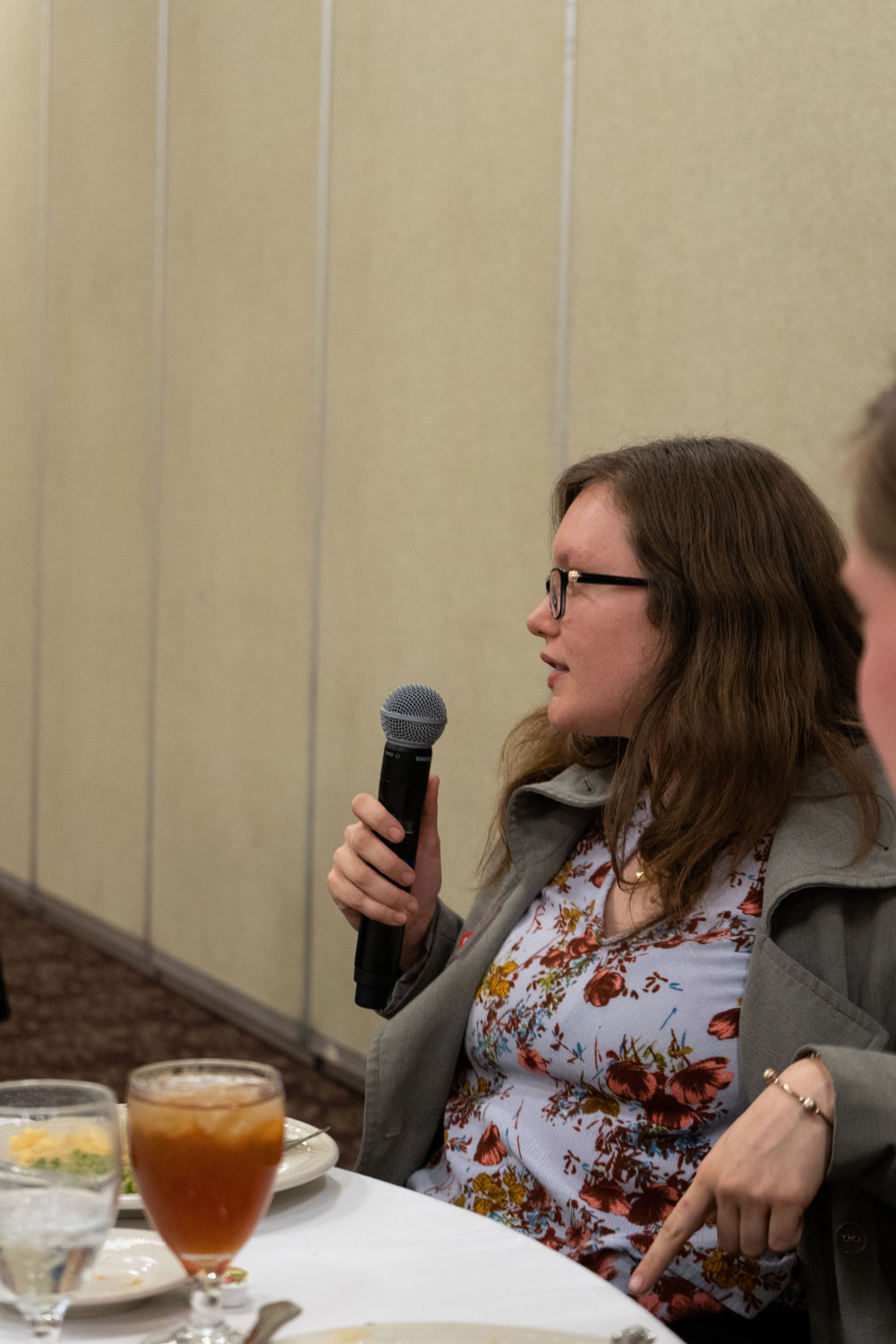Making courtesy common
Business etiquette group teaches IUS students networking, communication and dining etiquette
Places, glasses and dining utensils are center stage as Mary Starvaggi speaks to students in the Hoosier Room during the etiquette workshop.
February 6, 2019
On Feb. 5, 2019, around 40 students came to dine and listen to Mary Starvaggi from Etiquette Advantage, a group that travels around the country speaking at various colleges about the importance of business etiquette while demonstrating proper dining technique. The event was sponsored by the Career Development Center and featured a 3-course meal prepared by the staff of the IUS cafeteria.
Throughout the evening, Starvaggi worked her way through the place setting, explaining how to properly use each utensil as well as other general etiquette tips. Here is an example of a common place setting, along with descriptions and tips from Starvaggi and Etiquette Advantage.
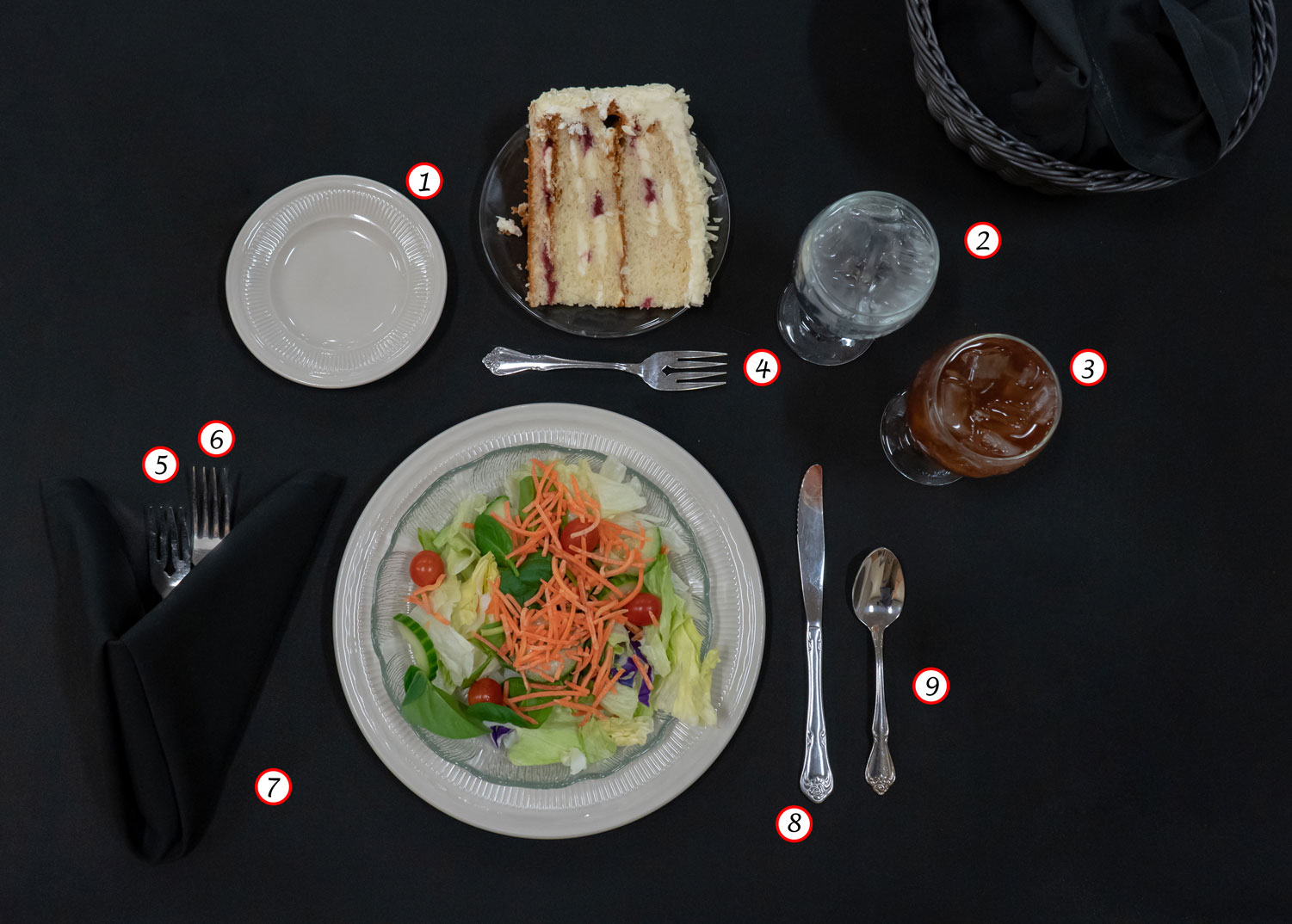
- Bread and Butter Plate: The bread and butter plate is only used for bread and butter. Starvaggi reiterated that it is not “a garbage can” multiple times throughout the evening. She also noted that bread is not considered a course, you can have it the entire meal.
- Water Glass: The water glass is always on your right side. You may drink with your left hand if you are inclined, but it should always be set down on the right side. If someone takes your water when they first sit down by accident, ask the waiter for another glass instead of potentially embarrassing a colleague.
- Beverage Glass: The beverage glass is placed in front of the water glass. Usually, a nicer restaurant will already have a beverage pored. It is rude to ask for something different than what is offered. If you don’t like the beverage, it is okay to leave it untouched and just drink water.
- Dessert Utensils: These utensils vary on the desert, if it is a spoon, remember to scoop away from yourself and then bring it up to your mouth in a circular movement. If it is a fork, just remember to take manageable bites.
- Salad Fork: This fork is only used for your salad. Starvaggi suggested using a knife to cut the salad into manageable bites instead of trying to wrap your mouth around a huge chunk of lettuce.
- Main Course Fork: This Fork is used to eat your main dish. It is acceptable to cut food with your fork if it is easy enough, otherwise use a knife.
- Napkin: When you get to the table, you should place the napkin on your lap. If you tuck it in to your shirt like a bib, it signifies that you are a messy eater.
- Main Course Knife: This knife can be used for salad if another knife is not provided. Make sure to always hold the blade facing you, and never clean your knife on your napkin.
- Beverage Spoon: This spoon is only used to stir your drink. Make sure to limit clanking the spoon on the inside of the glass. If you are having soup another spoon would be provided. In high-end restaurants, you only eat the main course with a fork and knife.
Tips for Networking Etiquette
Mary Starvaggi has worked in the industry for 25 years and spent time teaching students all across the country the proper tools for looking, speaking and acting the part of a professional young adult.
“We want them to be comfortable with the interviewing experience, and not only the interviewing experience, but the networking experience and just getting them comfortable, and really giving them the confidence to move forward,” Starvaggi said.
While teaching the basics, Starvaggi also stays up to date with modern etiquette, which she calls ‘millennial manners’.
Here are a few of Starvaggi’s tips you can use.
INTRODUCTIONS
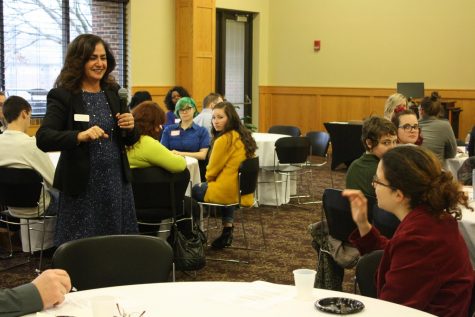
You have 10 seconds to make a first impression. Eighty-five percent of those impressions are nonverbal.
They include:
Eye contact
Handshake
Smile
Each one shows that you are engaged, confident, friendly and happy to be there.
Introductions should be done by rank. Introduce the person with highest rank first to the person of lower rank. When introducing people of the opposite sex, introduce the female first.
THE ART OF CONVERSATION
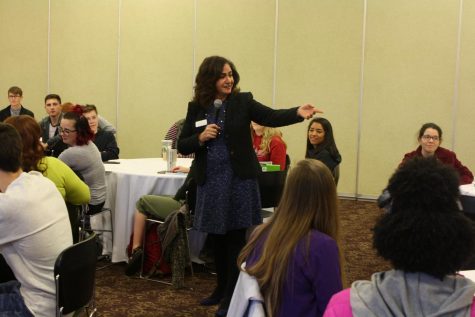
The Rule of Twelve:
Your first 12 words should include some sort of praise of compliment.
Your first 12 steps should be confident and with importance and purpose.
The first 12 inches from your shoulders up should look professional and clean. Do not forget to smile!
Beginning and Ending a Conversation:
Always begin and end with a proper handshake.
Have your nametag on the right side so people can see it when shaking their hand.
If you are trying to end the conversation, you can tell them you want to catch someone else before they leave or introduce them to someone else.
If you struggle with remembering names, introduce yourself to them again with your full name. Starvaggi says they will most likely reciprocate with their full name.
What to Talk About:
Ask questions! Listen to what people say and build questions upon their responses.
Avoid questions and topics like religion, politics, age, etc.
COMMUNICATIONS ETIQUETTE
Cellphones: Do not be immersed in your phone screen! Put your phone up, do not leave them out on a table or bar and stay engaged with the people you are meeting.
Email: Always start out an email with a salutation. Pay attention to the language you use. Avoid jargon or informal speech. TIP: Type out your email on word or in drafts without who you are sending to. This prevents accidentally sending a half-finished email.
Voicemail: Do not have an automated voicemail. This prevents the caller from knowing if they are calling the right person. Ask them politely to leave their name, number and short message.
Want to show off these skills to a potential future employer? IU Southeast’s next job fair is April 11!

